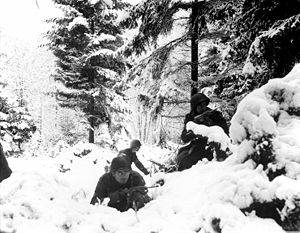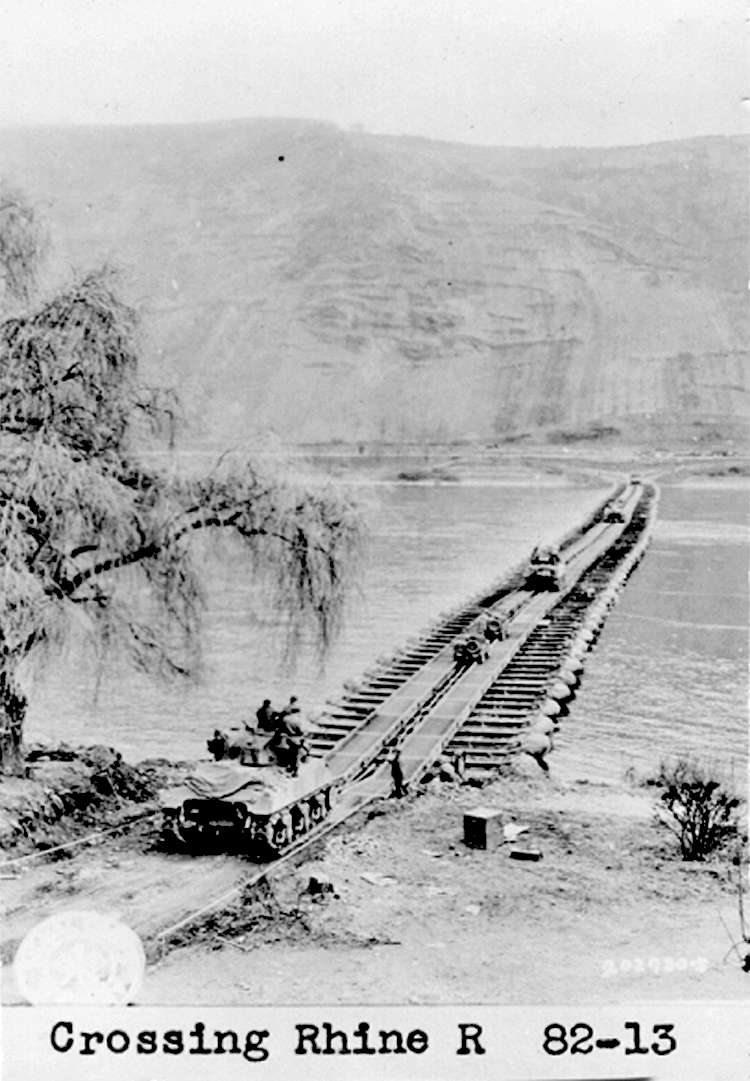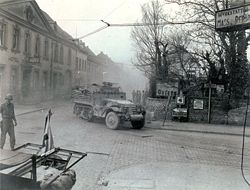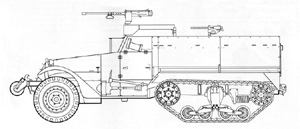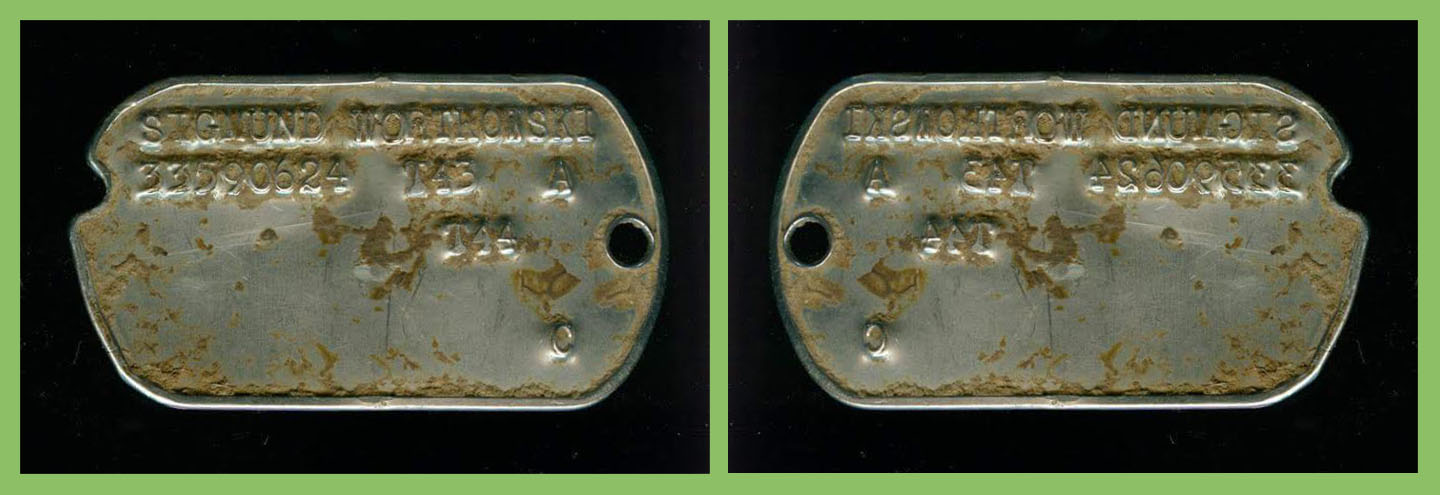|
IN MEMORIAM PFC GEORGE RICHARD VEROSTKO KIA April 1, 1945
Dedicated to the memory of George, the second son of John Frank and Mary Veronica Verostko of Tarrs, Pennsylvania, who was loved by all who knew him and who was "killed in action" towards the end of World War II in Germany. The motto of his battalion in WWII was:
MEMORIAL WREATH |
||||||||||||||||||
|
The following memorial is in the Registry at the |
||||||||||||||||||
|
National Archives & Records Administration War Department Files
PFC George R. Verostko
|
||||||||||||||||||
|
BIOGRAPHICAL & WAR RECORD NOTES (Credits are appended) From school days to World War II. George was the second of eight children born to John and Mary Verostko of Tarrs, Pennsylvania in Westmoreland County. Born on May 13, 1924, George attended the Tarrs East Ward grade school and the East Huntington High School (Alverton) where he graduated in 1941, about 6 months before Pearl Harbor. He enlisted in the United States Army in 1942 as a candidate for the officer's training program. Following basic training the Army sent him to the University of Utah in Salt Lake City for studies in engineering. But the war would soon make other demands on his military service.
From University to Armored Infantry In 1944 his special training was interrupted and he was transferred to a special training program for the famous 17th armored infantry Battalion at Camp Barkeley in Texas. This Battalion became qualified for battle duty by July of 1944 and he was granted a brief furlough before shipping off to Europe. On September 19, 1944 he set sail with the 17th Battalion on Britain's great ocean liner, the Empress of Australia. This Battalion was to played an important role in the bitter winter of 1944-45 and in the Springtime offensive that would win the war.
George's Squad within the 12th Armored Division, Who's Who? George was in the Second Squad of the Second Platoon of Company "C", the 17th Armored Infantry Battalion, 12th Armored Division, XXIst Corps, of the Seventh Army. The Seventh Army was commanded by General Patch. the 17th Battalion by Major Durham, Company "C" by Captain Steve Gombos, Second Platoon by Lt. Stanley Folkman, and the Second Squad by Sgt. Thomas Boos. Winter 1944-45 During the winter of 1944-45, the 17th Armored Infantry Battalion assaulted the German Rhine bridgehead at Gambsheim, France, suffering enormous losses yet playing a significant role in blunting "Hitler's last eruption". After that the Battalion joined the First French Army and participated in the liberation of the last piece of French soil held by the Germans, the Colmar Pocket.
In the closing days of winter the 17th Armored Infantry Battalion was secretly transferred to Lt. General George S. Patton, Jr.'s well publicized Third Army. As a part of the 12th Armored Division, the Battalion joined in leading the Third Army as a vanguard through Germany's Rhineland to the Rhine River. Just as spring came in 1945 the Battalion crossed the Rhine and began spearheading into the heart of Germany. George had fought with the Battalion in the bitter winter battle and spearheaded the crossing of the Rhine for U.S. forces as they moved on into Germany. George was killed in action in Germany, on April 1, 37 days before the unconditional surrender of Germany on May 7, 1945.
George's Military Action Detail in Germany. From March 12th to March 16th George's Company "C" was in the area of Losheim & Weiskirchen - Germany's Western Front, the Siegfried Line. On
March 19th his group was passing through Kaiserslautern
Gap just north of Kaiserslautern On
March 21st his group was at Ludwigshofen on the Rhine. On March 28th He moved north and crossed the Rhine just south of Worms.
On the afternoon of Mar 31, Company "C" 2nd Platoon, with Tanks, were on the point. They pushed through a small town named Althausen and came out the far end of town. In the town, a German Corps General was captured. George's halftrack, named "Cesspool", and driven by Sgt. Tom Boos, was following the lead tank as they approached the next town and were about 300 yards distant. Pfc George Verostko, Pfc Sigmund Wortkowski, and Pfc Dave Merwin were in back of the halftrack. The lead tank halted to fire at a Panzerfaust team they had spotted. The halftrack had to stop and a second panzerfaust team fired a rocket and hit the halftrack on the right side gas tank. George Verostko and Sigmund Wortkowski never got out. Dave Merwin got out badly burned. Seventy years later, (2015), Sigismund's dog tag was found in the ground in the area where the halftrack was probably destroyed. See the image and caption below for recovery information.
The armor and Company "C" took some heavy fire in that area and all told, Eight men were killed and seven wounded before Company "C" withdrew from the valley near Althausen. It was stated that when they left the floor of that valley near Althausen "it was littered with the bodies of Germans". The following historical account by F. George Hatt, Jr identifies details of the military strategy of that bitter weekend (sources appended).
Later that evening Company "A" took over the point. Company "C" followed and that evening, they went past Bad Mergantheim and came to a stop short of Konigshofen. The next day, Easter Sunday, Company "C" took it easy until afternoon when they joined in the attack on Konigshofen which was not fully occupied until April 2 when they then crossed the Tauber River. On that Easter weekend PFC George Richard Verostko gave his life for the cause his own Division wore with pride: "Delenda est Mal" - "Evil must be Destroyed". While the historical account shows that he was killed on Saturday, March 31st, the official military record marks Easter Sunday, April 1st, as the day of his death. For George's parents and family Easter signifies resurrection and life. May our memory of his Easter sacrifice in 1945 signify the life he made possible for others. From childhood memories I experienced his manner as truthful, kindly and gentle. The family respected him as an "honor" student who excelled in studies and who made personal sacrifices to help others, including myself. While it is difficult to imagine him as a "warrior" he would surely have been a brilliant learner, diligent, protective, totally committed and faithful to everything required of him. - Joseph (a/k/a Roman) Verostko, a younger brother. |
||||||||||||||||||
|
Credits: These notes on George grew from several sources. Thanks especially to my brother Andrew, who assembled and distributed a brief record account of George's military unit and the details of the last few days in Germany before the tragic event before crossing the Tauber. Also I have my memories of George during his last furlough, his letters from France, the delivery of telegrams, first of "missing in action" and then of "killed in action", remain vivid in my mind. As a young teen-ager at that time, I was old enough to follow the details of the war but too young for duty. In a vicarious way I followed his passage in France via his letters to my mother. Surviving
siblings at the time of George's death in 1945 were (from oldest to
youngest): |
||||||||||||||||||
|
George's enlistment record, Greensburg, Pa.: GEORGE VEROSTKO
For an active Association for the 12th Armored Division see: http://www.12tharmoredmuseum.com/mb/Default.asp?topic=432 See Wiki: https://en.wikipedia.org/wiki/12th_Armored_Division_%28United_States%29 |
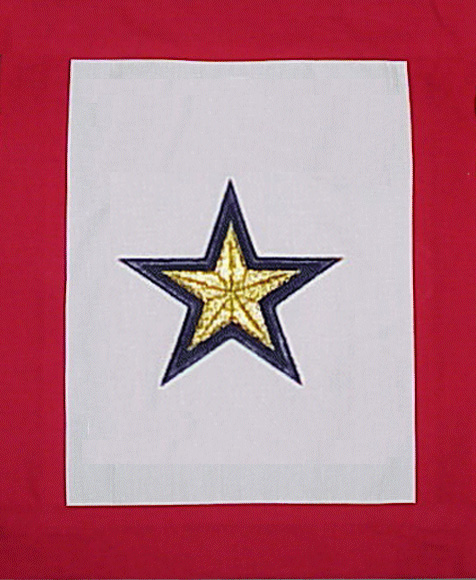
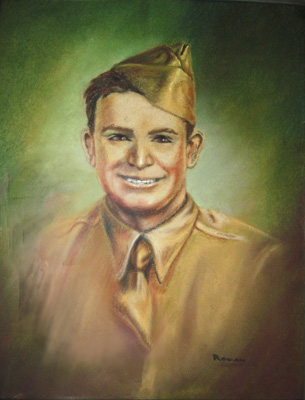

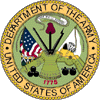
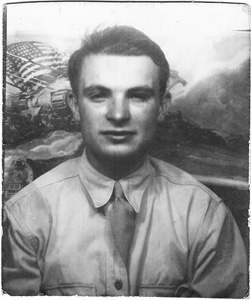
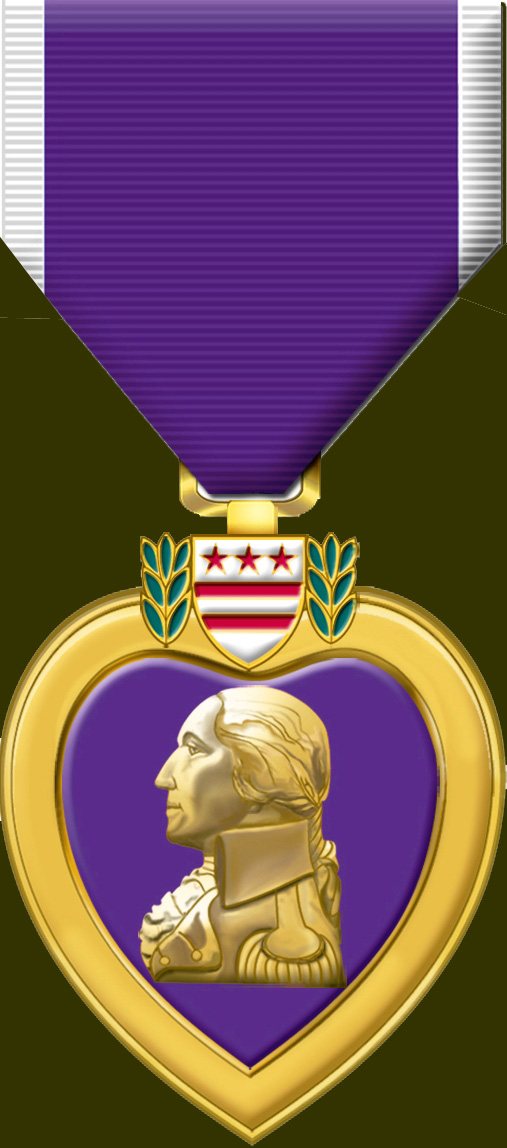
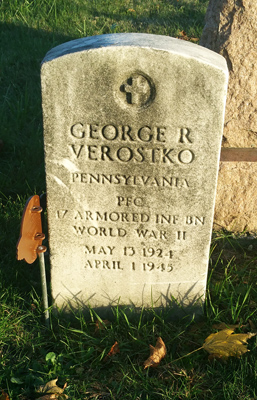
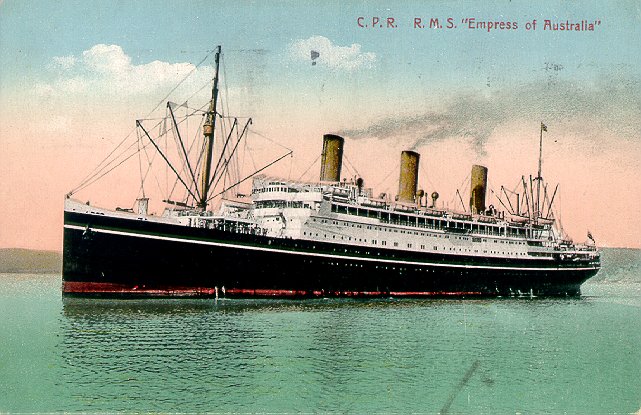
_Campaign_Map.jpg)
